Today we headed west out of Havana about an hour and a half to the province of Pinar del Rio. We stopped first at Soroa, an interesting example of the Revolutionary government’s new approach to tourism—“Cuba for Cubans.” The emphasis was on creating affordable vacation spots, largely focused on nature, for everyday Cubans, rather than catering to foreigners. The Soroa Tourist Complex (1960) was one such effort. A modest workers’ vacation village, Soroa is composed of small, connected cabins with steeply pitched roofs. In the center is a ranchon, an open, thatched structure that functions as a social space where people can have drinks and listen to music and dance.
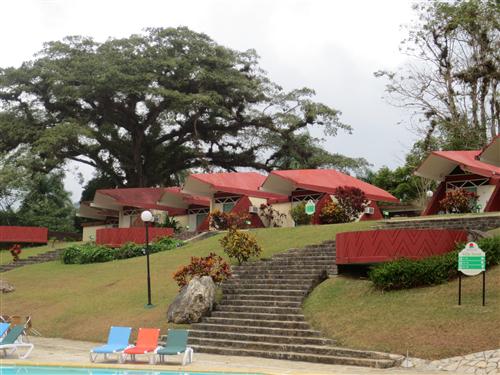
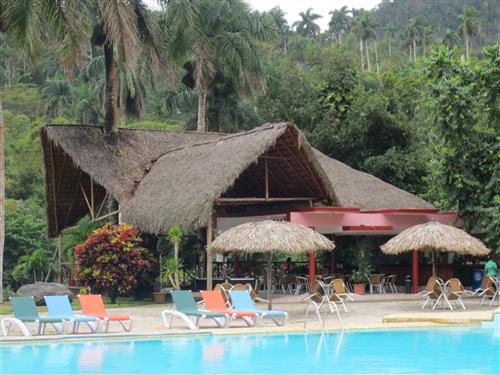
For me, the highlight of the day was visiting the built community of Las Terrazas. The Sierra del Rosario was an area that had been devastated by subsistence farming and deforestation for lumber and charcoal. In the early 1960s the government initiated a program to restore the environment and attract tourism. To house the community members working in this area the government sponsored the construction of a settlement using the Novoa prefabrication system. The system is composed of pieces small enough to be carried by two or four men, allowing it to be a community built by its inhabitants.
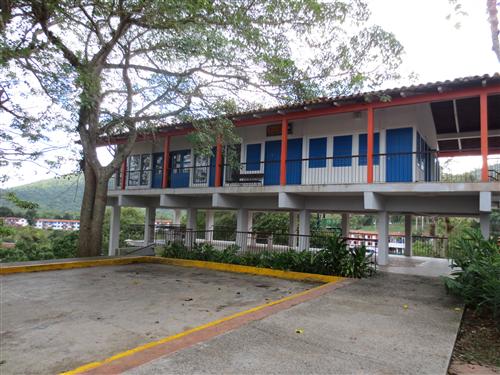
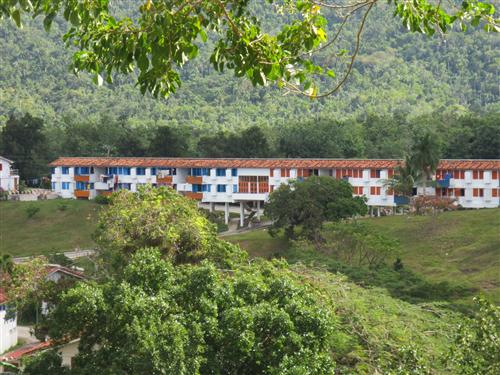
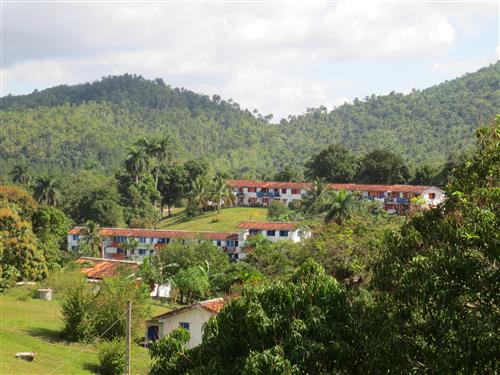
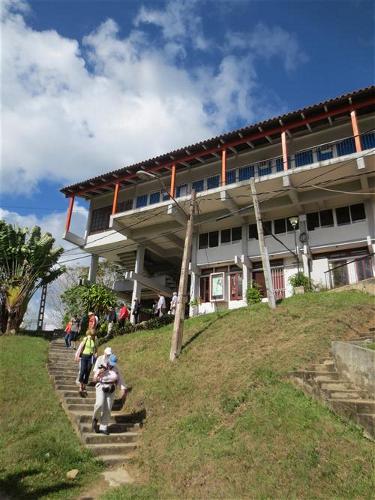
Adjacent to the residential area of the community is Hotel Moka, built to accommodate ecotourism. The hotel was designed to accommodate a giant tree that grows up through various floors of the hotel.
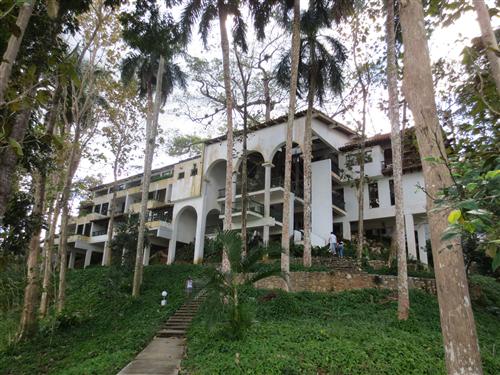
We enjoyed lunch at Cafetal Buena Vista (1801), the main building of a coffee plantation that has been restored and now functions as a restaurant. It was established by a French family who fled Haiti during the Revolution and was a working plantation until the 1940s. We visited areas that have been recently cleared to reveal the coffee bean drying platforms and slave barracks.
We hurried back to Havana with the hopes of getting to visit a few places that we couldn’t fit in our itinerary in previous days. First we stopped at the House of José Gomez Mena (1927), which has housed the Museum of Decorative Arts since it opened in the 1960s. Yosvanis Fornaris, who works at the museum and is also pursuing a graduate degree in Art History at the University of Havana, gave us a tour of the collection. The collection underscored how committed the Cuban elite were to collecting fine things from around the work.
We finished the day at the House of Juan Pedro Baró (1927), where we were impressed by the Lalique interiors we found when we passed beyond the Italian Renaissance style exterior designed by Govantes y Cabarrocas. The house is complemented by gardens designed by J.C.N. Forestier. 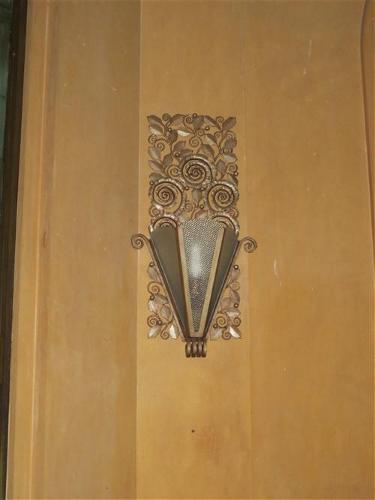
 Erica N. Morawski, Ph.D. Candidate, University of Illinois - Chicago
Erica N. Morawski, Ph.D. Candidate, University of Illinois - Chicago
Erica N. Morawski is a Ph.D. candidate in art History at the University of Illinois – Chicago. She received a BA in art history at Tulane University and MA in Art History at the University of Texas at Austin. She is currently completing a dissertation entitled, “Designing Destinations: Hotel Architecture, Urbanism, and American Tourism in Puerto Rico and Cuba.” This work investigates the role of hotels in shaping understandings of national identity, which in turn shaped international relationships, through an approach that systematically ties object and image analysis with social, political, and economic histories. Her work argues that these hotels functioned, and continue to function, like diplomatic cultural attachés—their design shaped politics on the islands, and played a decisive role in shaping past and current international relations.